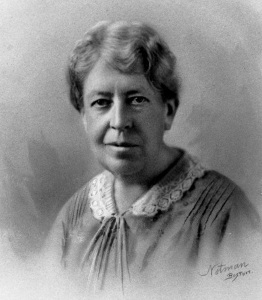
William James and Functionalism
William James (1842–1910), accepting Darwin’s theory of natural selection, believed that traits of an organism, including behavior, adapted to ensure survival and reproduction. Therefore, James viewed psychology’s role as studying the function of behavior in the world, leading to the establishment of functionalism as an early school of psychology.
functionalism
Functionalism focused on how mental activities help an organism adapt to its environment. Instead of studying consciousness by breaking it into parts, functionalists emphasized the purpose of behavior and mental processes.
This approach drew directly from ideas about adaptation and natural selection, laying the foundation for modern evolutionary psychology.
James, like Wundt, used introspection as a method to study mental activities. However, he also employed more objective measures like recording devices, examining the outputs of mental activities, and studying anatomy and physiology.
William James is also regarded as writing perhaps the most influential and important book in the field of psychology, Principles of Psychology, published in 1890. At Harvard, James occupied a position of authority and respect in psychology and philosophy. Through his teaching and writing, he influenced psychology for generations.
The Spread of Functionalism
Although James is most closely associated with functionalism, psychologists such as John Dewey, James Angell, Edward Thorndike, and James Cattell expanded and popularized it.
In 1896, Dewey emphasized how the social environment shapes mental activity and behavior, contrasting with the structuralists’ narrower focus on mental components. Dewey argued that experiences like stimulus, sensation, and response are not isolated events, but work together in a coordinated process enriched by past experience.

Mary Whiton Calkins
One of William James’ students, Mary Whiton Calkins (1863–1930), faced many of the discrimination and challenges that confronted Margaret Floy Washburn and other women interested in pursuing graduate education in psychology. With much persistence, Calkins was able to study with James at Harvard. She eventually completed all the requirements for the doctoral degree, but Harvard refused to grant her a diploma because she was a woman.
Despite this, she became the first woman president of the APA (1905) and made major contributions:
- Memory research, especially on primacy and recency effects.
- Development of self-psychology, integrating insights from both structuralism and functionalism.
- Founding one of the earliest U.S. experimental psychology labs.
Calkins’ persistence and scholarship paved the way for greater inclusion of women in psychology.
structuralism vs functionalism
|
Adapted from Early Schools of Psychology from the Open Learning Initiative’s Introduction to Psychology. CC-BY-NC-SA. |
|||||||||
|
Structuralism emphasized introspection and the “building blocks” of thought. Functionalism emphasized observable behavior and real-world adaptation. Both were foundational, but functionalism’s applied focus helped shape later schools such as behaviorism and evolutionary psychology.
You can view the transcript for “Psychology 101 – Wundt & James: Structuralism & Functionalism – Vook” here (opens in new window).